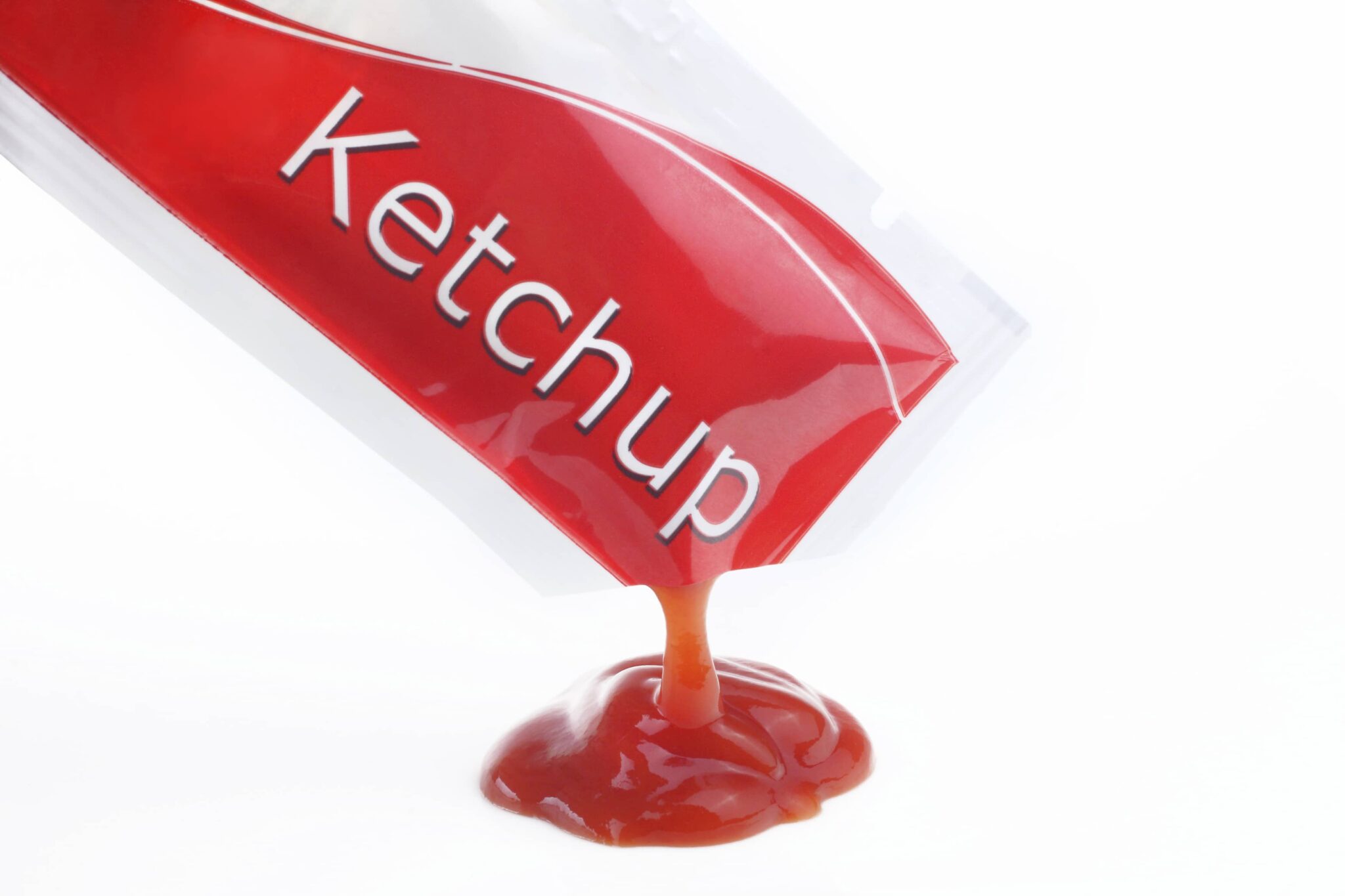10 Things You May Not Know About Ketchup
Ketchup is one of America’s favorite condiments, but its history and acceptance over the years isn’t as straightforward as its current popularity would have you believe.
Here are 10 things you may not know about ketchup.
Number 10. It didn’t always contain tomatoes. The origins of the condiment are believed to hail from a Chinese fish sauce that dates back to about 300 BCE. Tomatoes didn’t enter the picture until the early 1800’s, when a few recipes started showing up.
Number 9. Its status was upgraded during the Great Depression. During those very lean years, ketchup was elevated from topping and dip to main course. It was common to mix it with hot water and serve it as a soup.
Number 8. Ketchup makes a good household cleaner. That is, as long as you stick to putting it on things prone to staining. It’s particularly effective for removing tarnish, cleaning silverware, and polishing up pennies.
Number 7. The condiment was once more trusted than fresh tomatoes. In the 1800s people still believed that if eaten raw, the fresh fruit-slash-vegetable could be deadly. Eating ones that had been heated and loaded up with vinegar and spices was deemed a much safer route.
Number 6. Only about 10 percent of the ketchup-eating world knows the ‘57’ trick. If you’re one of the remaining 90, here it is. Next time you’re having trouble getting a glass bottle of Heinz to give up its contents, tap the neck right where the raised 5 and 7 are. Applying the ideal amount of force may take some practice so don’t give up too soon.
Number 5. The world’s largest bottle is in Collinsville, Illinois. There’s no ketchup in it, but if there were it would probably amount to around 640 thousand bottles. The 70-foot tall container was used as a water tower for many years.
Number 4. Ketchup and garden snails move at the same pace. When the condiment, specifically of the Heinz variety, is making its way out of a traditional glass bottle it travels at a speed of .028 miles per hour. That’s also the snail’s average rate of travel.
Number 3. Heinz invented its own tomato. Through the use of traditional techniques, the company created a special hybrid that stays ripe longer and is resistant to a number of diseases. Each year they provide over 4 and a half billion of the seeds to farmers around the world.
Number 2. Banana ketchup is more than a fad. It was first made in the Philippines during World War 2. At the time, tomatoes were scarce in the area, so condiment makers reached instead for something plentiful – bananas. The version has been popular there since and is now making the rounds among American foodies.
Number 1. Putting ketchup on hot dogs is frowned upon in Chicago. At some highly regarded dining establishments it’s flat-out prohibited. The no-ketchup argument is fueled mostly by the belief that a good-quality dog doesn’t need it. Tomatoes, however, are perfectly acceptable as a topping.
source: Geobeats
Vocabulary
condiment | ízesítő |
acceptance | elfogadás |
straightforward | egyenes |
to hail from | eredeztethető valahonnan |
BCE (“Before the Common Era”) | i.e. (időszámításunk előtt) |
to enter the picture | belép a képbe |
to show up | megjelenni |
to upgrade | felsőbb kategóriába sorol |
Great Depression | gazdasági világválság |
lean | sovány |
to elevated | felemel, előléptet |
topping | feltét |
dip | mártogatós |
to be prone to | hajlamos valamire |
staining | foltosodás |
tarnish | folt, homályosság |
route | út |
to tap | megütögetni |
average rate | átlagos |
ripe | érett |
resistant to | ellenálló valamivel szemben |
fad | divatos, gyorsan felfutó |
scarce | ritka |
to be frowned upon | valami helytelenített |
flat-out | nyíltan |
prohibited | tiltott |
to be fueled by | erősített, támogatott valami által |






